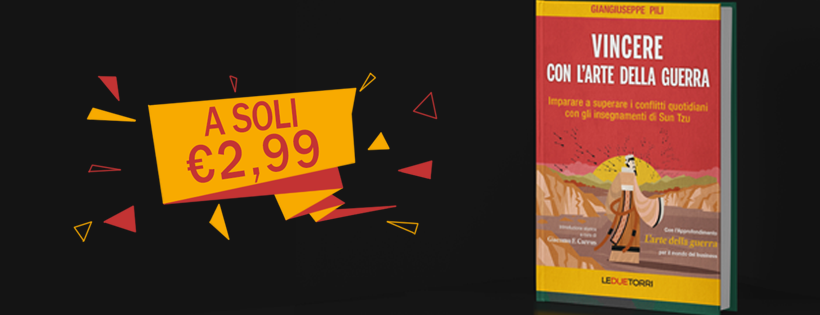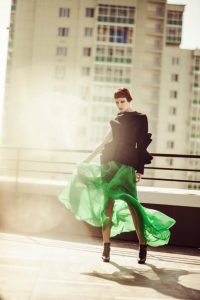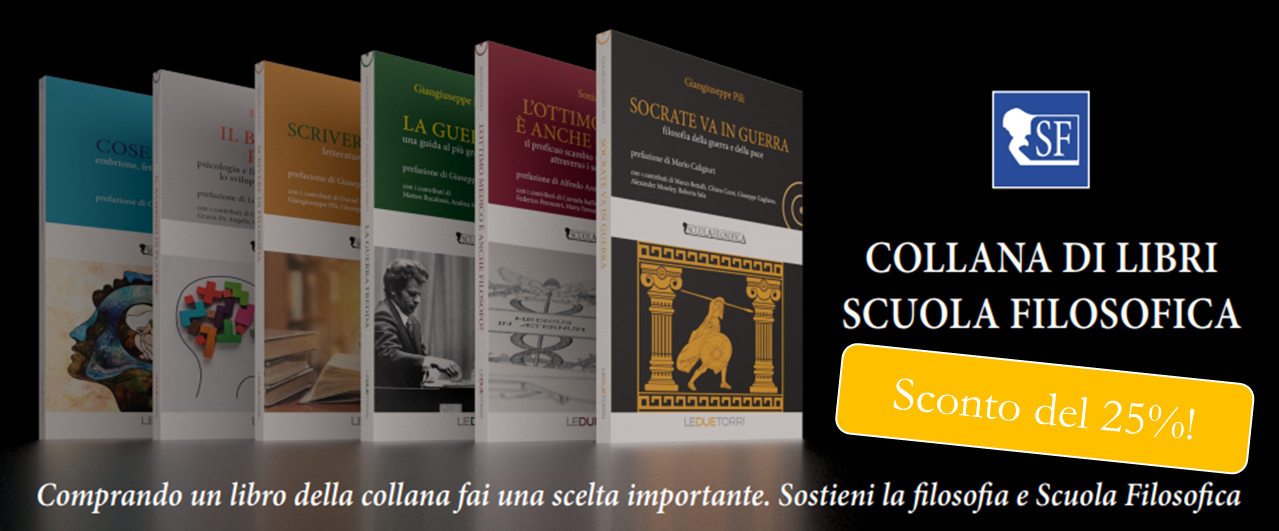Per Chloe Gilholy, liricamente il loto fiorisce vicino al bicchiere di vino vuoto, e mentre le piccole candele sfavillano. Però, è la perdita della bellezza che durerà di più. Infatti la trasparenza del bicchiere va curata a prescindere dal suo contenuto: ad esempio contro la frantumazione accidentale, cadendo dal tavolo. La modella Beatrice ha posato per uno scatto assai concettuale. Noi le vediamo solo la testa, e lungo lo spigolo d’un tavolo. In primo piano, c’è un calice, che pare in parte riempito. Immaginiamo che le perline dell’orecchino fungano da fogliolina per il cocktail. Gli occhi arriverebbero a guardare perfino… se stessi, attraverso il caleidoscopio (laddove il vuoto di luce “rifiorisce”). Ma quanto il naso funzionerà da “candela”, e per la cera del volto, se la bellezza rimane sempre fuggevole? Lo sguardo di Beatrice si percepisce “deterritorializzato” verso l’intimità. Non c’è la “frenesia spumeggiante”, nelle perline… Piuttosto, diventerà un invito a curare la propria attenzione, dialetticamente: dal riflesso alla trasparenza.
According to Chloe Gilholy, lyrically the lotus blooms near an empty glass of wine, and while the little candles are sparkling. However, the loss of the beauty will last longer. In fact the transparency of the glass needs to be nursed regardless of its contents: for example against the accidental smashing, falling from a table. The model Beatrice posed for a shot very conceptual. We see only her head, and along a corner of a table. In the foreground, there is a goblet, which seems partially filled. We imagine that the small pearls of the earring function as a leaflet for the cocktail. The eyes would be able to watch even… themselves, through the kaleidoscope (where the empty space of light “blooms again”). But how much will the nose function as a “candle”, and for the wax of the face, if the beauty always remains fleeting? The Beatrice’s gaze is perceived “deterritorialized” into the intimacy. There is not a “bubbly frenzy”, in the small pearls… Rather, that will become a call to take care of the own attention, dialectically: from a reflection to a transparency.
Per il poeta Molza, si può lodare l’insalata, se quella diventa uno smeraldo vivo, sino a “magnetizzare” tutta l’allegria del cuore. Camilla è stata inquadrata mediante un piano americano. Pare che lei esca da una casetta in legno, per giardino. C’è un telaio al tono del verde smeraldo, che “si trasferirebbe” dallo stipite della porta al bikini della modella, mentre “si deve” circoscrivere il corpo, per il nostro sguardo, al glamour. Sullo sfondo, le frasche degli alti alberi s’intrecciano poco. Ma quanto la porta spalancata avrebbe ricevuto una magnetizzazione? Nell’atmosfera autunnale, favorita dal legno dal marrone “umido”, risalterebbero solo i capelli dal rosso più d’alba che di tramonto. Noi immaginiamo che un terno di aperture sul legno delinei un volto, fra occhi e naso. O forse esso acquisterà il dinamismo del cuore, complice un vicino pompaggio, dal gomito sinistro in urto. I capelli si percepirebbero ferrosi, ma non arrugginiti. Il braccio destro fungerebbe da “mestolo”, allungando al massimo i cardini della porta. Il nuovo sguardo dovrà “ribollire” fra i capelli, grazie al glamour!
According to poet Molza, we can praise the salad, if this one becomes a lively emerald, until it “magnetizes” all the glee of the heart. Camilla was framed through a cow-boy shot. It seems that she exits from a small wooden house, for the garden. There is a framework in emerald tone, which “would move” from the jamb of the door to the bikini of the model, while “we have” to circumscribe the body, for our gaze, on the glamour. On the background, the branches of the tall trees are scarcely intersected. But how much would the door wide open have received a magnetization? In the atmosphere of autumn, favoured by the wood with a “moist” brown, only the hair, in a red more for a dawn than for a sunset, would stand out. We imagine that a trio of openings on the wood outlines a face, between the eyes and the nose. Or maybe it will obtain the dynamism of a heart, with the complicity of an adjacent pumping, from the left elbow which bumps. The hair would be perceived ferrous, but not rusty. The right arm would function as a “ladle”, stretching to the max the hinges of the door. The new gaze will have to “bubble up” between the hair, through the glamour!
(courtesy to Federico Pasinetti)
Per Brodskij, in ogni coscia dell’infanzia è racchiusa la tendenza del muscolo ai mobili: fra le tortuosità dei mogani, i quali potranno avere gli scaffali, apribili alla vista “cubistica” di ¾ come per le pose fotografiche (se gli spigoli “sfogliassero”, dalle loro “dita”). Vivendo, bisogna imparare ad adattarsi. Si sosterrà la propria trasformazione, soprattutto al variare delle prospettive. In questo scatto, si percepisce molto il tono del mogano: fra l’abito (dal design a “corteccia”) della modella ed i mattoni del palazzo (in alto, dietro di lei). Trattasi d’un legno adatto alla tornitura, o alla liuteria. La bellezza della modella qui ha la sinestesia per la cassa di risonanza. Dal corpo tornito, si svilupperanno anche le finestre ad arco, nella parte più bassa del palazzo. Ma quanto sul petto vi sarebbe uno “spigolo” della coscia (se le gambe si serrano fra di loro solo con il “tampone” dell’ombra)? In questa fotografia, la prospettiva funziona di ¾, seguendo la scalinata. La modella ha uno sguardo “maturo”, riuscendo a controllare la “trottola” dell’abito, a livello dell’addome.
According to Brodskij, in every thigh of the childhood, a tendency of the muscle into the furniture is enclosed: between the tortuosity of the mahoganies, which could have the shelves, that are openable at the “cubistic” sight of ¾, like for the photographic poses (if the corners “browse” from their “fingers”). Living, we need to learn how to adapt ourselves. We will support our transformation, principally when the prospects are varying. In this shot, we well perceive the tone of the mahogany: between the dress (with the design of a “bark”) of the model and the bricks of the building (above, behind her). This is a type of wood right for the turning, or for the luthiery. The beauty of the model here has the synaesthesia for a sounding board. From the tapered body, also the arched windows will be developed, in the lower part of the building. But how much would a “corner” of the thigh be present on the chest (if the legs are clamped each other only with a “buffer” of the shadow)? In this photography, the perspective functions in ¾, following the staircase. The model has a “mature” gaze, being able to control a “top” of the dress, at the level of the abdomen.
 (courtesy to Makuna Amashukeli)
(courtesy to Makuna Amashukeli)
Marisa Bulgheroni immagina che a Forio d’Ischia, una donna dichiari d’amare rincorrendo con la gonna verde il suo uomo. La loro congiunzione sarà anche atmosferica. Alla sera i due amanti andranno sulla costa, per assistere all’incantevole fenomeno del raggio verde. Tanya ha posato in piedi. Lei si trova in una terrazza urbana. La fotografia è lievemente pendente, in prospettiva. Così, si favorisce la percezione d’una rincorsa. Tanya indossa una gonna “verdissima”. Pare che questa reagisca, provando a contenere un’esplosione di luce, alla nostra sinistra. Sullo sfondo, il verde ritorna nelle ringhiere dei terrazzi, da un alto condominio. Non c’è dunque la passionalità rossa del torero, durante la corrida. Il verde più che altro prova a vitalizzare l’astrazione spirituale.
Marisa Bulgheroni imagines that in Forio d’Ischia, a woman declares her love chasing, with a green skirt, the man. Their coupling will also be atmospheric. In the evening, the two lovers will go onshore, to see the enchanting phenomenon of the green ray. Tanya posed standing. She is inside an urban terrace. The photography is slightly leaning, in perspective. So, the perception of a pursuit is favoured. Tanya wears a “very green” skirt. This one seems to be reacting, trying to contain an explosion of light, on our left. On the background, the green returns in the railings of the terraces, from a tall condominium. So there is not the red passionateness of a bullfighter, during a bullfight. The green especially tries to vitalize the spiritual abstraction.
(courtesy to Vasily Betin)
Bibliografia – Bibliography
BULGHERONI M., Apprendista del sogno, Donzelli, Roma 1996, p. 14
GILHOLY C., Poesie d’amore, Tektime, Montefranco 2022
MOLZA F.M., Poesie, Società Tipografica de’ Classici Italiani, Milano 1808, p. 338
PAVAN S., Lezioni di poesia: Iosif Brodskij e la cultura classica, Firenze University Press, Firenze 2006, p. 273
Biografia – Biography
La modella italiana Beatrice Gasparini viene da Trebaseleghe (PD).
The Italian model Beatrice Gasparini comes from Trebaseleghe (Province of Padua).
La fotografa italiana Sarah Rubbera viene da Siracusa, ma lavora a Milano.
The Italian photographer Sarah Rubbera comes from Syracuse, but works in Milan.
La modella italiana Camilla Marioli viene da Esine (BS), e ha studiato sia psicologia sia criminologia.
The Italian model Camilla Marioli comes from Esine (Province of Brescia), and she studied both psychology and criminology.
Il fotografo italiano Federico Pasinetti viene da Odolo (BS).
The Italian photographer Federico Pasinetti comes from Odolo (Province of Brescia).
www.federicopasinetti.it
La modella Makuna Amashukeli nasce a Tbilisi (Georgia), e ha vinto numerosi concorsi di bellezza.
The model Makuna Amashukeli was born in Tbilisi (Georgia), and she won many beauty contests.
La fotografa amatoriale Mariam Gogilashvili (amica di Makuna Amashukeli) viene da Tbilisi, in Georgia.
The amateur photographer Mariam Gogilashvili (friend of Makuna Amashukeli) comes from Tbilisi, in Georgia.
La modella Tanya Zlobina viene da Chabarovsk (Russia), ed in questo scatto porta un abito di Elena Rudermel.
The model Tanya Zlobina comes from Khabarovsk (Russia), and in this shot wears a dress of Elena Rudermel.
Il fotografo Vaisly Betin viene da Komsomolsk sull’Amur (Russia), ma lavora a Shanghai, in Cina, come direttore artistico del Sokaris Studio.
The photographer Vasily Betin comes from Komsomolsk-on-Amur (Russia), but works in Shanghai, in China, as artistic director for the Sokaris Studio.
https://vasily.onl/







Be First to Comment